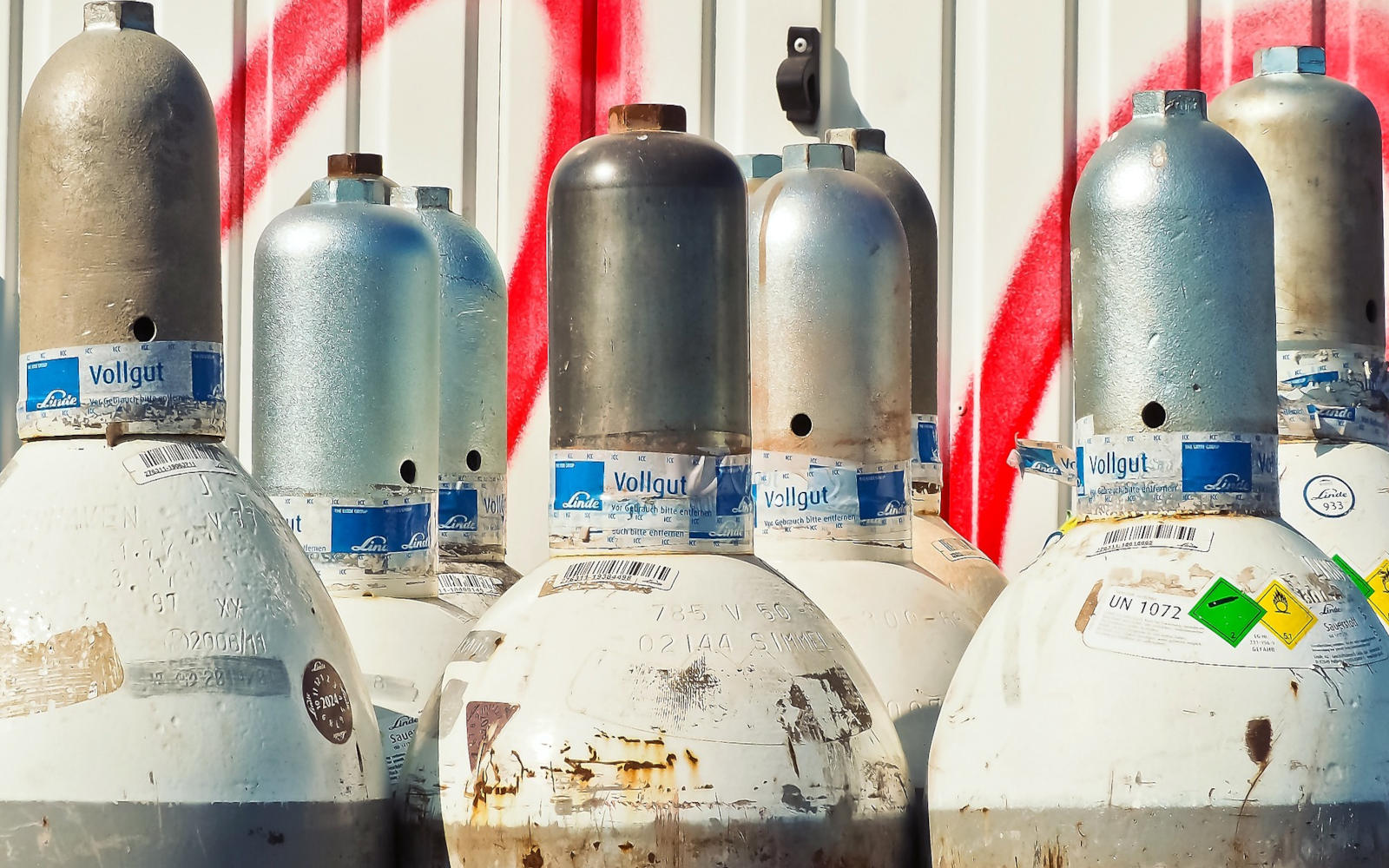Carbon monoxide (CO) is a colorless, odorless gas that is highly toxic and potentially lethal. Due to its stealthy nature, CO is often referred to as the “silent killer.”
This article explores the dangers associated with carbon monoxide gas leaks, its industrial uses, safety precautions, and best practices to protect workers and facilities. The goal is to provide safety managers, industrial hygienists, and other professionals with essential knowledge to prevent and manage CO exposure.
Common Industrial Uses of Carbon Monoxide
Carbon monoxide is used in various industrial applications due to its chemical properties. Key uses include:
- Chemical Manufacturing: CO is a critical component in the production of methanol, acetic acid, and other chemicals.
- Metal Processing: Employed in the reduction of metal ores in blast furnaces.
- Fuel Production: Used in the synthesis of liquid fuels through processes like Fischer-Tropsch synthesis.
- Food Industry: Utilized in modified atmosphere packaging to preserve the color of meat products.
- Water Treatment: Sometimes used in water gas shift reactions for hydrogen production.
Despite its utility, carbon monoxide is hazardous and requires careful monitoring and control.
The Hazards of Carbon Monoxide Gas
Carbon monoxide is a colorless, odorless gas that can be lethal even at low concentrations. It poses several serious health risks:
- Respiratory and Cardiac Effects: CO binds with hemoglobin in the blood, reducing the blood’s oxygen-carrying capacity. This can lead to hypoxia, causing symptoms like dizziness, confusion, chest pain, and even death.
- Neurological Effects: Exposure to CO can cause headaches, nausea, and, in severe cases, long-term neurological damage.
- Unconsciousness and Death: High levels of CO exposure can lead to unconsciousness and death within minutes.
Exposure Limits and Regulations
To protect workers from the dangers of carbon monoxide, several regulatory bodies have established exposure limits:
· OSHA (Occupational Safety and Health Administration):
-
- PEL (Permissible Exposure Limit): 50 ppm (8-hour TWA)
· NIOSH (National Institute for Occupational Safety and Health):
-
- REL (Recommended Exposure Limit): 35 ppm (8-hour TWA)
- STEL (Short-Term Exposure Limit): 200 ppm (15-minute ceiling)
- IDLH (Immediately Dangerous to Life or Health): 1,200 ppm
· ACGIH (American Conference of Governmental Industrial Hygienists):
-
- TLV (Threshold Limit Value): 25 ppm (8-hour TWA)
Safety Measures and Best Practices
Given the serious risks associated with carbon monoxide, a comprehensive safety approach is essential. Key measures include:
1. Fixed Gas Detection Systems:
-
- Continuous Monitoring: Fixed CO detectors can provide continuous monitoring and early warning of dangerous gas levels.
- Alarms and Notifications: Systems should include audible and visual alarms to alert personnel of high CO concentrations.
2. Personal Protective Equipment (PPE):
-
- Appropriate PPE, including portable CO detectors, should be used by workers in environments where CO exposure is possible. Respiratory protection may be necessary in high-risk areas.
3. Proper Ventilation:
-
- Adequate ventilation systems are crucial for dispersing CO and preventing its accumulation. Exhaust systems should be regularly maintained to ensure they function correctly.
4. Emergency Response Plans:
-
- Comprehensive emergency response plans should include evacuation procedures, first aid measures, and coordination with local emergency services. All personnel should be familiar with these plans.
5. Training and Awareness:
-
- Regular training on the dangers of CO, proper use of detection equipment, and emergency procedures is essential for all employees. Drills should be conducted to ensure preparedness.
Conclusion
Carbon monoxide is a common but highly dangerous industrial gas. Understanding the risks and implementing stringent safety measures, including gas detection systems, proper PPE, ventilation, and emergency planning, are crucial for protecting workers and facilities.
By adhering to these best practices, industries can minimize the dangers associated with carbon monoxide exposure.
For more information on carbon monoxide safety and Interscan’s Accusafe and GasD 8000 detection systems, please contact us today to request a quote.


